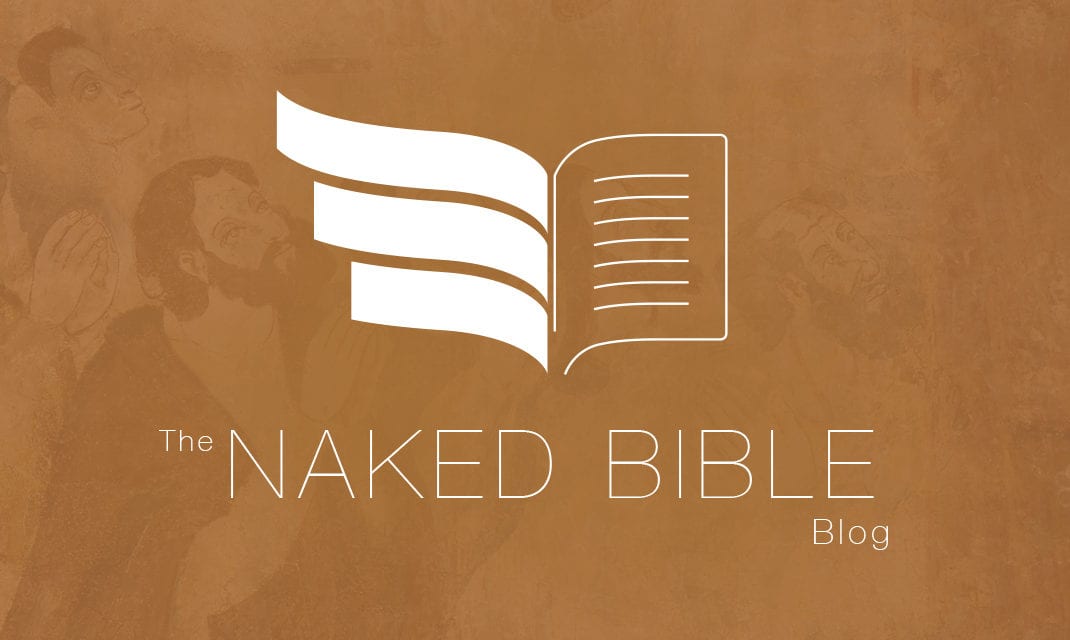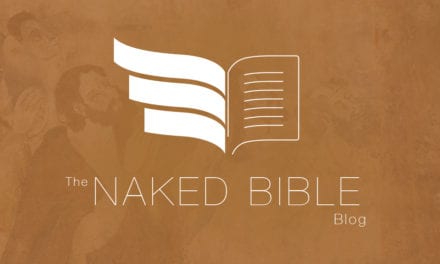I’m still in the process of getting things together for the posting of my ETS papers (both of which were well received). I’ll have that ready by the end of the weekend.
However, I decided to post something else that I have recently run into. I’m not sure why it hasn’t occurred to me before, but there are a lot of popular Bible teachers out there who love to prop up their ideas and views on the basis of rabbinical interpretation. This is a methodological minefield. It’s actually very difficult (and dangerous for anyone but specialists) to use rabbinical material to justify a point of exegesis on the basis of what the rabbis thought. I have said for some time that it is preferable anyway to interpret the OT in its own ancient Near Eastern context, not what later (even first century) rabbis thought about the text. There is more value for rabbinical input (in theory) when it comes to the NT, though the rabbis, though the rabbis should not be allowed to trump the OT itself in its own context when the NT re-purposes that.
The main difficult is dating rabbinic material. If a rabbi wrote after 70 AD (or, CE), then then there is no logical reason to suppose that the rabbinic thinking had anything to do with the NT writer’s thinking. What is need is pre-70 AD rabbinic material, or definite proof that an idea in a later rabbinic text had circulation before 70 AD. Both are difficult to demonstrate. Hence the pitfall.
To get you all up to speed on this problem — and to encourage you to give any reference to “the rabbis thought” from here on out the proper skepticism, I offer this article on the subject. It’s a very nice introduction to the problem with examples. One personal note. The author implies that the work of Roger Aus is guilty of “parallelomania” when it comes to rabbinic material. That might be true on occasion. However, Aus is widely regarded as having more command of the rabbinic material than any other NT scholar of his day or ours. His arguments are typically made by the weight of evidence for parallel (i.e., many examples) rather than arguing on the basis of one or two items. He’s a favorite of mine (one of those scholars that always shows you something new to chew on, agree or not), so I thought I should defend him a bit!





Interesting. Quick question for you, Mike. What would be a good reference (either a book, or online web site, paper, etc.) for understanding the profound differences between pre-70 and post-70 Jewish thinking? I get the feeling a lot of folks (including me!) still don’t grasp all that detail. Thanks.
There’s really no one source for this (as in a one-volume resource). The most immediate path is scholarly commentaries, where the authors get into this material. And of course journal articles (see my earlier recent posts on these resources). There are multi-volume works on the rabbinic data (analyzing it), but they are terribly expensive. The best resource is in German (Strack-Billerbeck, Kommentar zum neuen Testament aus Talmud und Midrasch). We at Logos are investigating getting this translated into English – very expensive, but nothing like it for relating this material directly to the New Testament. Roger Aus has several volumes on NT topics where he does a lot of rabbinical work.
Great stuff here.
One thing that tends to confuse me is how the ancient rabbis appear to have been more well versed in grace and love as opposed to legalism than the canonical Gospel accounts show Jesus’ opponents possessing.
Was this trend post 70 AD as well from your studies?
I think that one cannot restrict what you describe to only pre-70. The work of E.P. Sanders and others would bear that out.
“not what later rabbis thought about the text”
Doesn’t that depend on what one is trying to do? N.T. Wright, for example, goes into great detail about what the post-biblical literature says concerning the resurrection texts of Isaiah, Daniel and Hosea in order to show how views of a bodily resurrection developed (The Resurrection of the Son of God) and how those texts could accommodate such views. And when he contrasted these later meanings with the texts’ meanings in context of a hope of a return from exile, the contrast helped further grasp their original meaning. Make sense?
Are Wright’s examples pre-70? pre-New Testament? If not, they are basically useless. He may be using Targums as well (of the OT) which may reflect such things. Since I don’t have Wright memorized, I wouldn’t know precisely which things he is utilizing to which you refer. You should also know that Wright has been criticized for his handling of such material (just a general comment — scholars who are more versed in rabbinics have been critical of him on some points).
One also does not need to depend on what rabbis thought about these texts in any event. If valid exegesis can make these points, then the points are made regardless.
The linked article says that prior to 70 CE, rabbinic exegesis “did not… remove a text from its context.” This is not my area, so is this using a qualified sense of “rabbinic”?
My understanding is that non-contextual interpretation dominated Judaism in inner-biblical exegesis, 2nd Temple, bled over into the NT (i.e. Jews who became Christians and wrote the NT interpreted the OT non-contextually), and continued virtually until Rashi.
The article notes that the meaning of “rabbinic” changed (scholars try to telegraph that by sometimes capitalizing the “r” and not – noted in the article). It would depend on what is meant by “non contextual” though (i.e., how elastic is an interp allowed to be before that label is used), so there is some subjectivity to that.